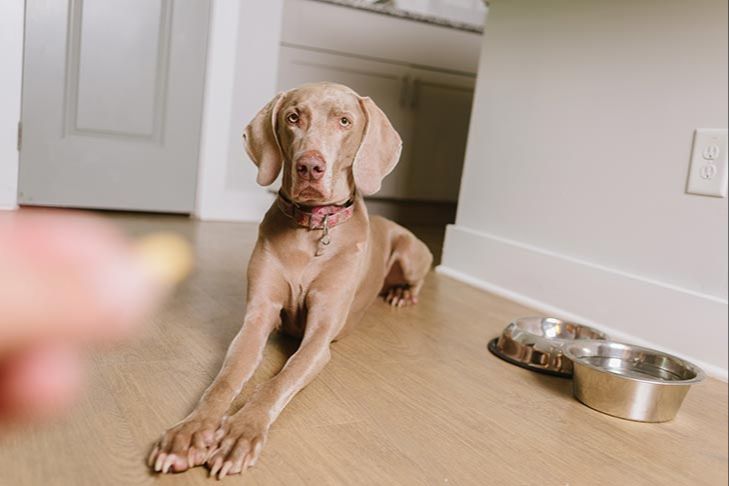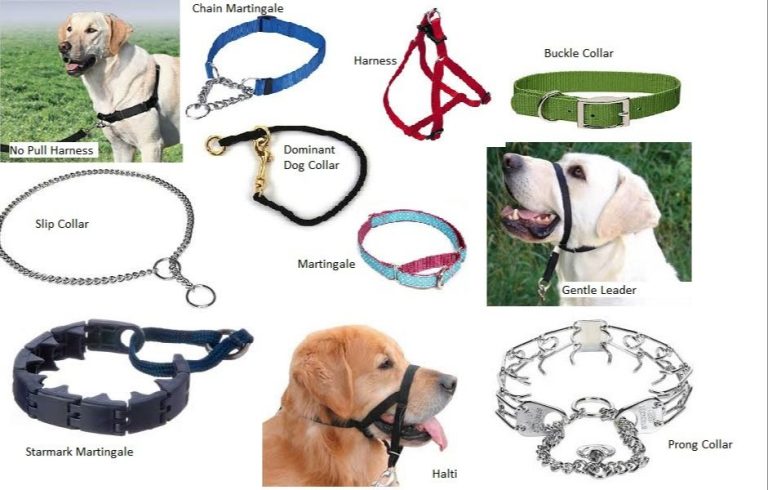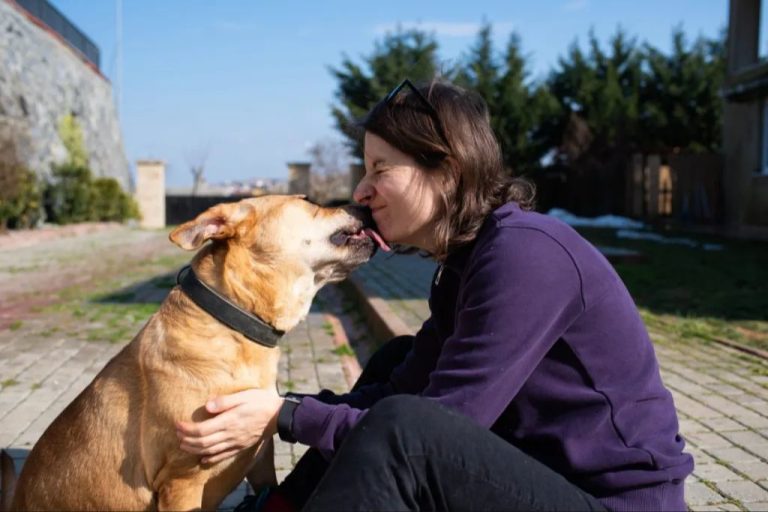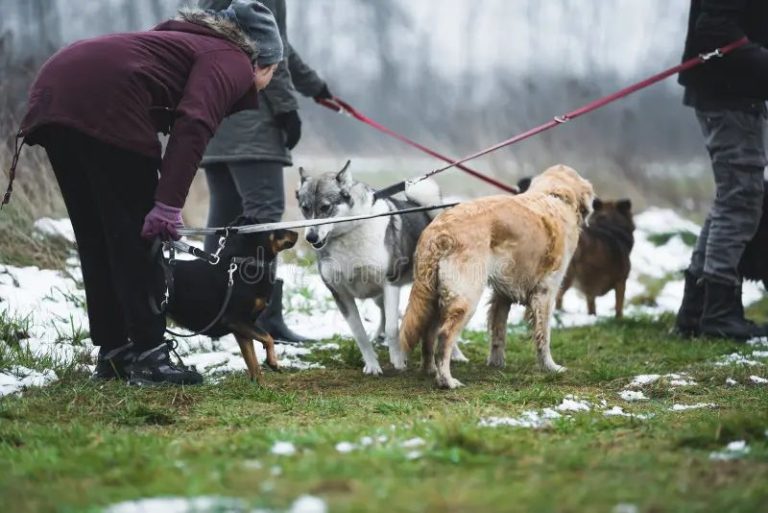A Beginner’S Guide To Clicker Training For Obedience And Fun
What is Clicker Training?
Clicker training is a positive reinforcement training method based on behavioral psychology. It relies on marking desired behaviors and rewarding the animal to increase the frequency of those behaviors. The clicker is a small device that makes a distinct “click” sound, acting as a marker at the exact moment the desired behavior occurs. The click marks the behavior, then the dog is immediately rewarded. The clicker allows trainers to precisely mark desired actions, bridge the time between behavior and reward, and communicate consistently with the dog.
Clicker training was popularized by marine mammal trainers in the 1950s and spread to the dog training world in the 1990s. Trainer Karen Pryor is credited with introducing clicker training to dogs. The method utilizes Skinner’s principles of operant conditioning to reinforce desired behaviors (Chewy).
The click marks the precise moment the dog performs the correct behavior. Because the click happens immediately, the dog associates the sound with the action. The reward seals the behavior in the dog’s mind. With repeated clicks and rewards, the dog learns which behaviors earn rewards. The clicking sound becomes a secondary reinforcer that communicates to the dog.
Benefits of Clicker Training
Clicker training provides several benefits that make it a highly effective way to train dogs of all breeds and ages. Some of the key advantages include:
It’s an exceptionally clear way to communicate with your dog. The sharp “click” sound acts as a precise event marker, allowing you to pinpoint exactly when your dog performs the desired behavior. This helps your dog understand what earns a reward much faster than other training methods. According to the American Kennel Club, the clear communication enabled by clickers results in faster learning.
Clicker training creates very positive associations with training time. The click marks desired behavior, while the treat that follows reinforces it. With repeated sessions, your dog comes to associate clicks and rewards with fun training activities. This keeps them engaged and enthusiastic about learning new things. As Highland Canine Training notes, clicker training uses only positive reinforcement, never punishment, to motivate dogs.
The clicker method works for any breed or age of dog. It’s based on modern behavioral science and takes advantage of dogs’ innate food drive and desire to please. Clicker training can teach both simple obedience commands and complicated tricks. And it’s effective for puppies and older dogs alike. According to Thousand Hills Pet Resort, clicker training builds confidence in timid pets.
Getting Started
Choosing the right clicker is an important first step in clicker training. The click sound should be clear and consistent so your dog can easily recognize it. Popular options include the Karen Pryor i-Click and the PetSafe Clik-R. Look for a clicker that fits comfortably in your hand and isn’t too loud.
After getting a clicker, you’ll need to teach your dog what it means through a process called “loading the clicker.” Start by clicking the clicker and immediately giving your dog a highly desirable treat. Repeat this every few seconds so your dog starts to associate the click sound with a reward. Do short clicker loading sessions over a couple days until your dog perks up excitedly when it hears the click. Then you’ll be ready to start using it to mark desired behaviors!
Timing Matters
Proper timing is essential for clicker training to be effective. According to Karen Pryor Clicker Training, “The timing of the clicker. Ideally, the click should occur at exactly the same instant the target criterion is achieved.” You want to click at the exact moment your dog performs the desired behavior. Clicking too early or too late will confuse your dog and slow down training.
It’s also important to avoid clicking unwanted behaviors accidentally. As the ASPCA advises, “Be purposeful about what you click. Click for a specific action like sitting, not jumping.” Focus on capturing only the behavior you want to reinforce.
With practice, your click timing will improve dramatically. Be patient with yourself as you work on this key skill.
Training Basics
When getting started with clicker training, it’s important to follow some basic guidelines to set your dog up for success. Small, soft treats like tiny bits of chicken or cheese work best for rewards. Keep training sessions short, around 5-10 minutes, especially for young or easily distracted dogs. End each session on a positive note with an easy task your dog can accomplish.
As explained on the 15 Tips for Getting Started with the Clicker guide, you’ll want to “keep sessions short, fun and frequent.” Trying to cram too much into one session can overwhelm both you and your dog. Breaking training into multiple miniature sessions throughout the day will help reinforce the desired behaviors.
The American Kennel Club also recommends ending “on a good note with an easy-for-the-dog behavior.” This prevents frustration and shows your dog that training is fun, not stressful. Always set your dog up for success in clicker training by asking for behaviors you know they can perform and giving them plenty of rewards and praise.
Obedience Commands
Some of the most important obedience commands to teach your dog using clicker training include sit, stay, come, down, and heel. According to the American Kennel Club, clicker training is a great way to communicate with your dog and reinforce desired behaviors (source).
To teach your dog to sit using a clicker, hold a treat above its head until its butt fully hits the floor. The moment it sits, click the clicker and give your dog the treat as a reward. Repeat this process until your dog associates the click sound with sitting down. Then you can introduce the verbal “sit” command and phase out the lure over time.
For stay, have your dog sit and remain in position while you take a few steps back. Click and reward if it holds the stay. Slowly increase the duration and distance of the stay over multiple training sessions. Use the clicker to mark the exact moment the desired behavior is performed before rewarding.
With come, start in a low distraction environment and say your dog’s name followed by “come!” in an excited tone. The second it starts moving towards you, click and give a high-value treat when it reaches you. This captures the coming behavior. Gradually practice this in more distracting environments.
To teach down, hold a treat in your hand and slowly lower it towards the ground as you say “down.” Your dog will likely follow the treat with its nose. The moment its elbows touch the ground, click and reward. This lures the down position.

For heel, click and treat whenever your dog is walking nicely by your side without pulling on the leash. The click marks the exact desired behavior. You can introduce the “heel” command once the behavior is learned.
The experts at The Dog Wizard recommend being patient, using high-value treats, keeping sessions short, and practicing daily for best clicker training results (source). With time and consistency, your dog will master these important obedience skills.
Fun Tricks
Teaching your dog fun tricks is a great way to bond and have fun together. Some favorite tricks to try are shake, spin, play dead, and roll over. According to Karen Pryor Clicker Training, clicker training can be especially effective for teaching novel behaviors and tricks.
To teach ‘shake’, hold a treat in your hand and wait for your dog to paw at it. The second they lift their paw, click and give the treat. Repeat this process, waiting for your dog to offer the paw lift before clicking. Once your dog is reliably lifting their paw, add the verbal cue ‘shake’.
For ‘spin’, hold a treat lure above their head and slowly move it in a circle, waiting for them to turn their body and follow it. Click and treat during the spin. Gradually add in the verbal cue ‘spin’ as they learn the behavior.
To teach ‘play dead’, say your cue word, gently lure your dog into a down position, and use a second hand to gently roll them onto their side. Praise and click the moment they go down, then treat. Build up duration, then remove the lure.
‘Roll over’ can be taught by luring your dog’s nose with a treat to get them to roll sideways. Click and treat each small rolling progression, building up to a full rollover. Add the verbal cue once the behavior is learned.
According to the Whole Dog Journal, clicker training pairs especially well with trick training for dogs. With reward-based methods and focused reps, you’ll both have a blast!
Advanced Training
Once your dog has mastered the basics of clicker training, you can move on to more advanced techniques like chaining behaviors, fading the clicker, and adding cues.Getting Results With Advanced Clicker Training Chaining behaviors involves linking two or more behaviors together before the click and treat. Start with two or three cued behaviors in a row before clicking and treating, then gradually build up to more behaviors in sequence. For example, you could chain a “sit,” “down,” and “stay” command before clicking and treating.Teach Your Dog ‘Behavior Chains’ With Clicker Training
As your dog learns these behavior chains, you can start fading the clicker. Continue to treat after each completed sequence, but only click occasionally on a variable schedule. This teaches your dog to keep performing the chain even without the constant click. Finally, you can add verbal or visual cues for each chain so your dog knows which behaviors to perform in what order when cued.
Troubleshooting
Like any training method, you may run into issues when clicker training. Here are some common problems and solutions:
Not Clicking
If you find yourself forgetting to click at the right moment, go back to basics. Strive for 10-15 clicks per minute as a rough guideline according to http://www.clickertraining.com/when-good-training-goes-badly. Break the behavior down into smaller steps if needed.
Clicking Unwanted Behaviors
Be careful not to reinforce unwanted behaviors accidentally. An important part is not clicking when you don’t give a cue, as explained by http://www.clickertraining.com/node/61. Pick an easy behavior, cue it, and only click if the correct behavior is performed after the cue.
Losing Interest
If your pet is easily distracted or flies away, go back to basics as shown in this video: https://birdtricksstore.com/blogs/birdtricks-blog/btt-your-go-to-on-troubleshooting-clicker-training-target-training-problems. Short, frequent sessions in a quiet area can help rebuild interest and focus.
Continuing Education
Clicker training is a lifelong learning process for both the dog and the trainer. There are always new tricks to teach, behaviors to reinforce, and training concepts to explore. Some ways to continue advancing your clicker training skills include:
Attending seminars and conferences led by professional dog trainers. The Power of Ongoing Learning discusses how continued education helps trainers stay up-to-date on the latest techniques.
Earning continuing education credits to maintain your CPDT-KA certification. The Certification Council for Professional Dog Trainers requires certified trainers to complete continuing education every 3 years.
Trying clicker training on yourself! The principles of immediate feedback through clicking and rewarding desired behaviors can be applied to humans as well. See what behaviors you can shape and reinforce in yourself.
Teaching new behaviors keeps things exciting for both you and your dog. Fun tricks like spin, bow, or play dead give you new goals to work towards. Maintaining a strong obedience foundation through stay, heel, and recall exercises makes sure good manners don’t fade.
Clicker training is a rewarding, constantly evolving journey. With continued education and an openness to learn, you and your dog will continue strengthening your bond and skills for years to come.





